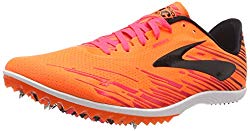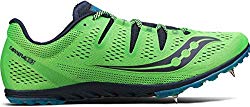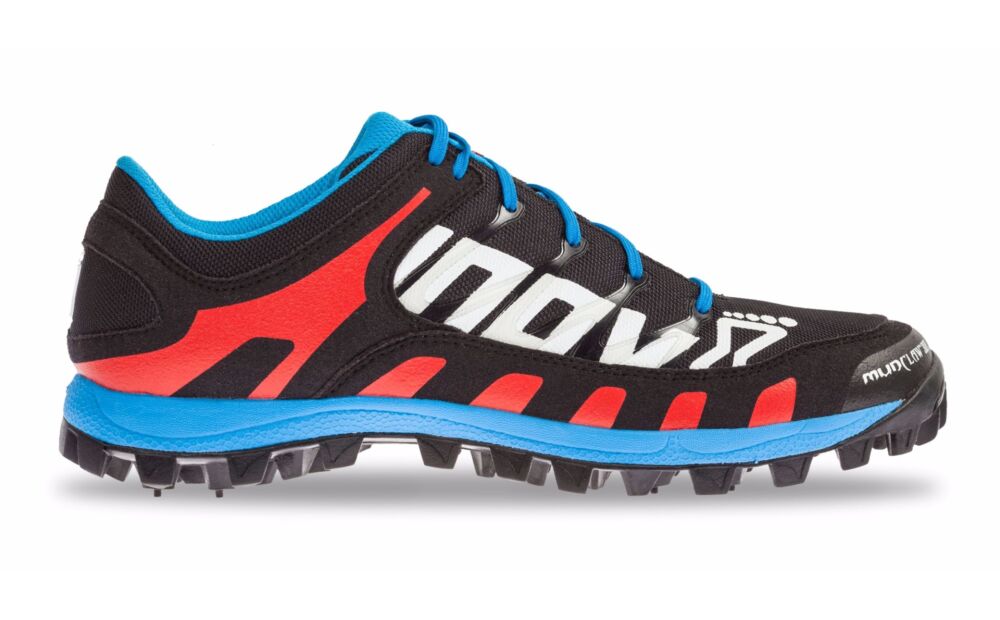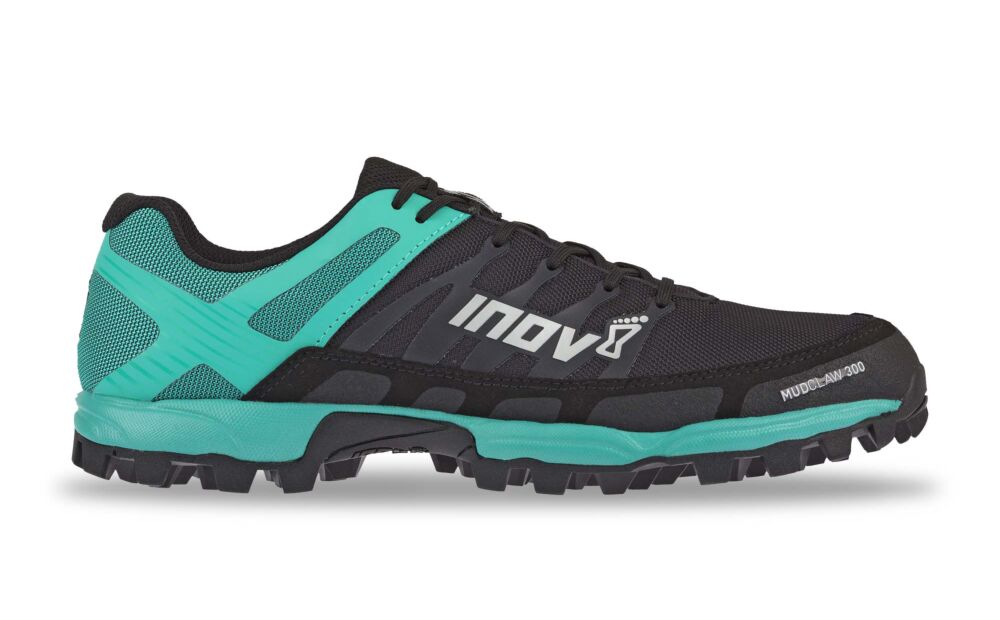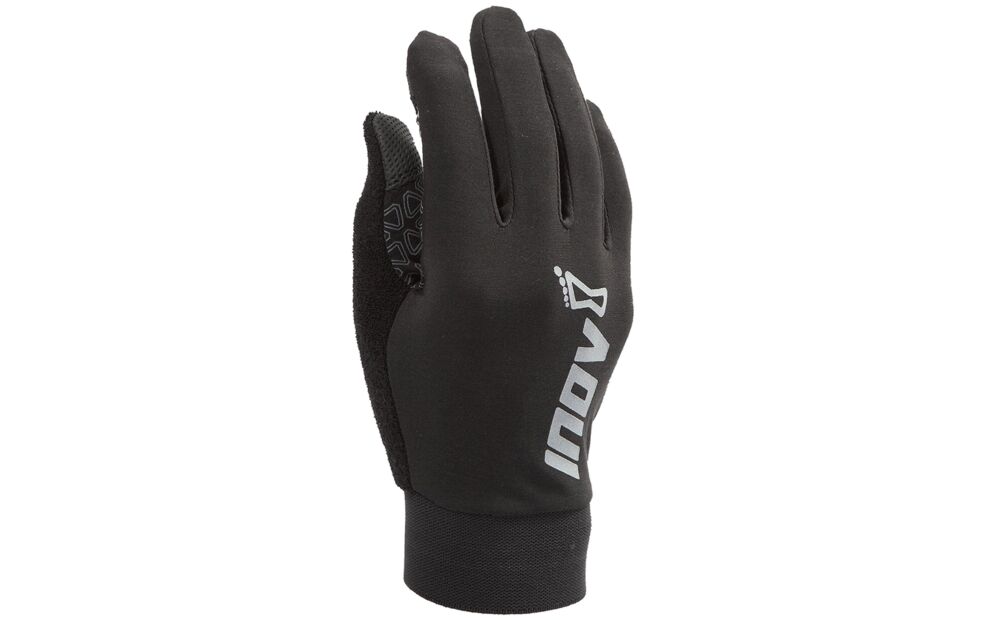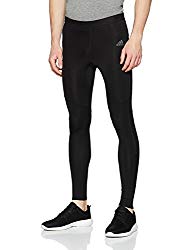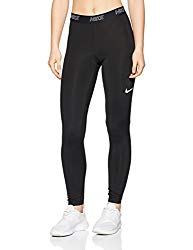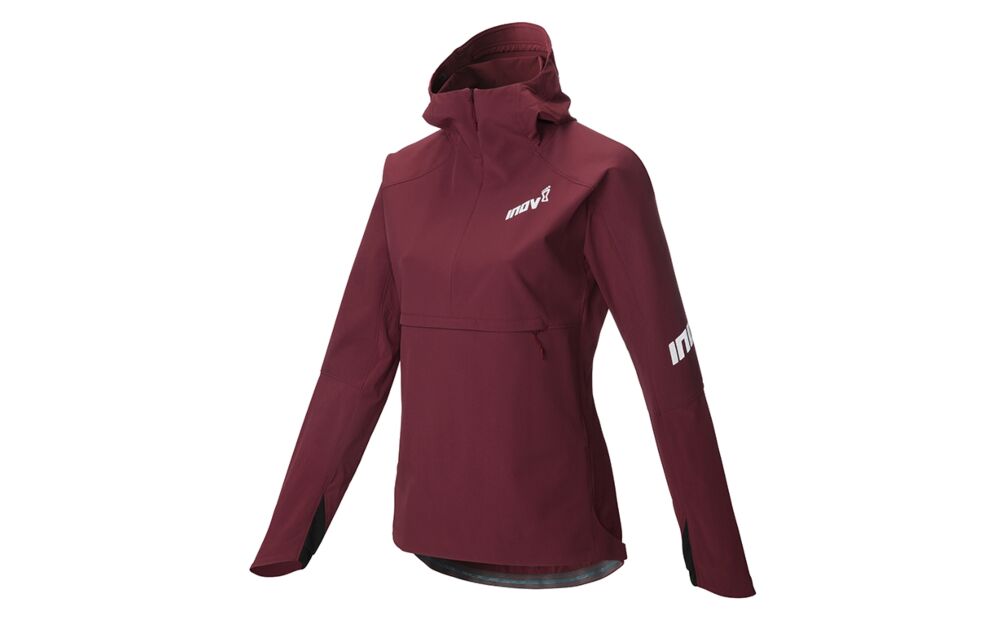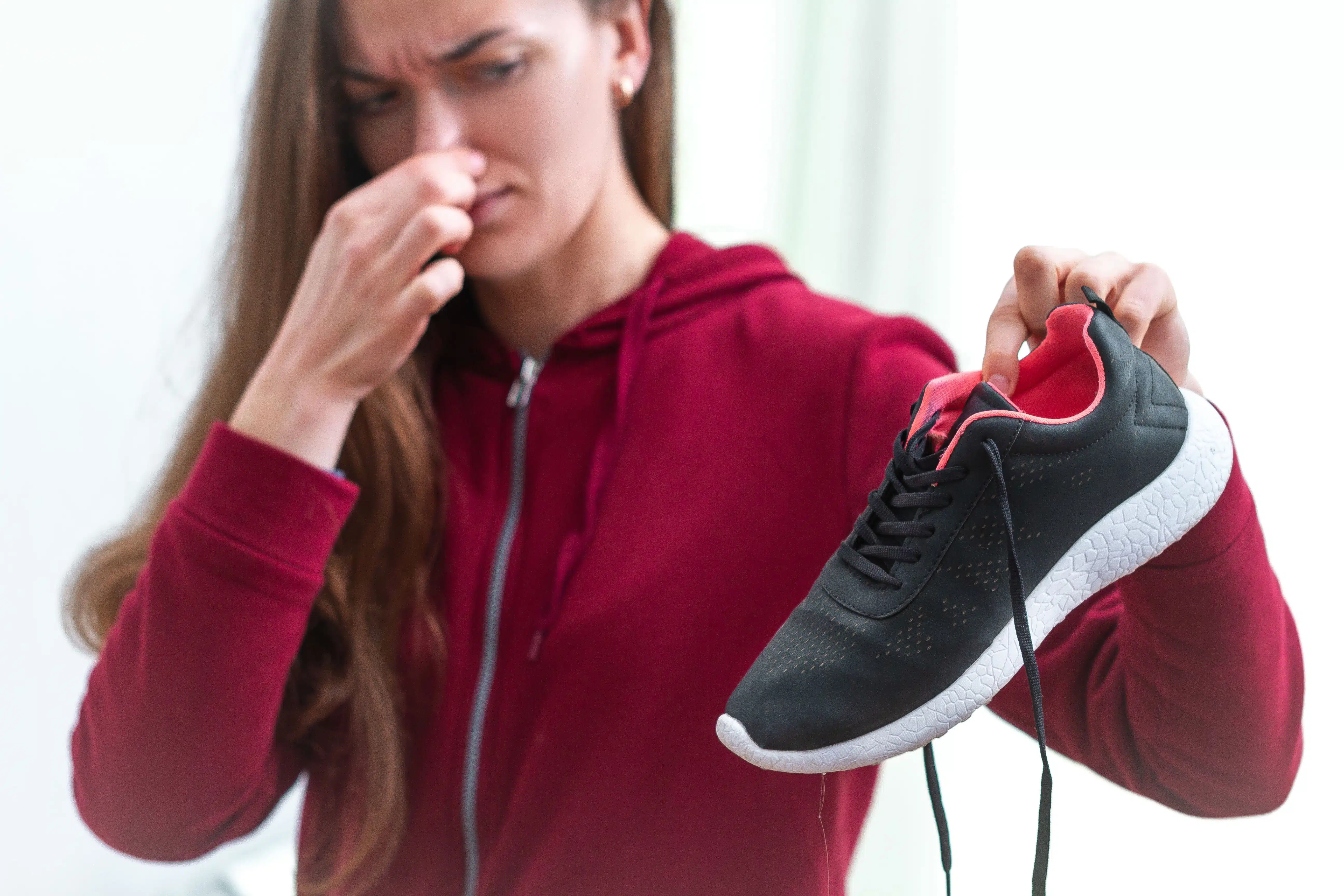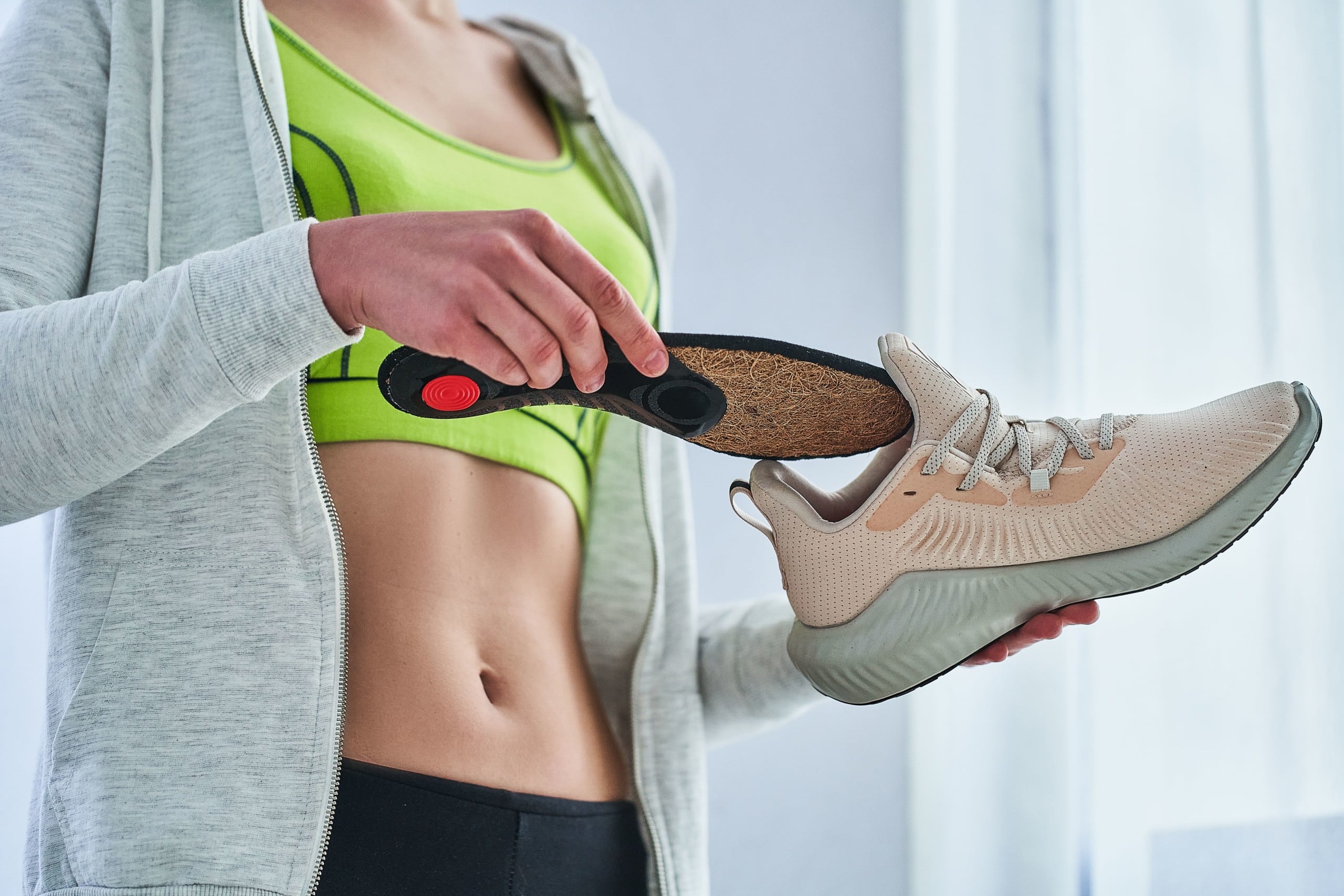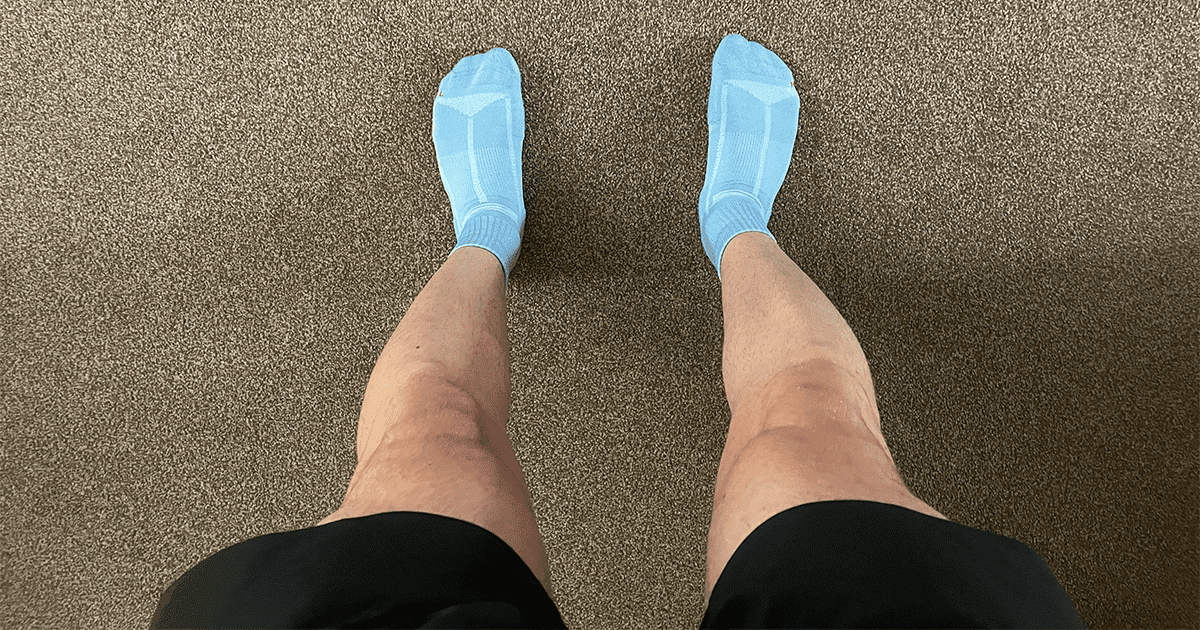Cross country running: a beginners guide
What to wear, how to train, and what to expect from your first cross country race.
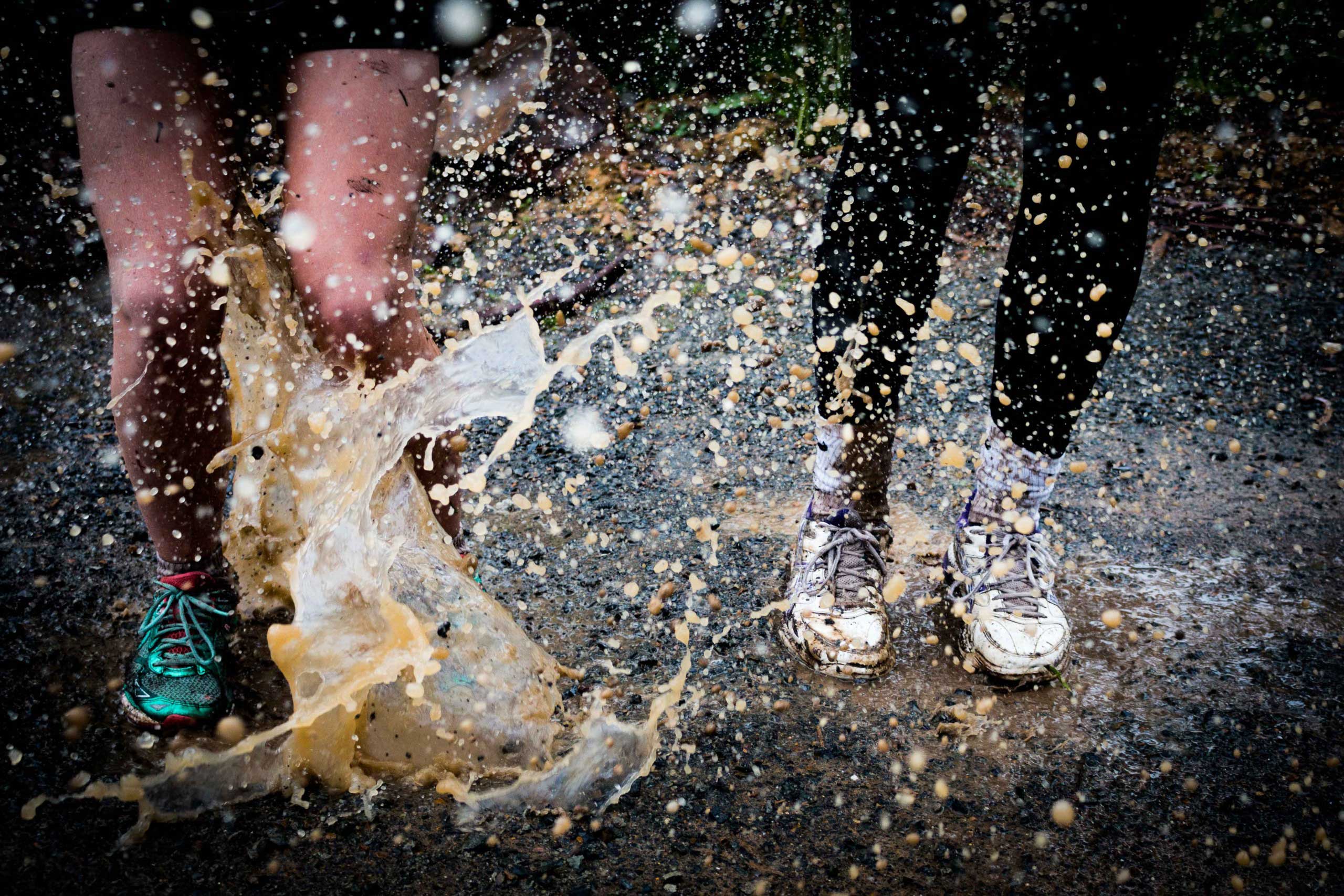
While many steer clear of the muddy puddles, steep hills, and obstacles to jump, cross-country running can be an exciting alternative to stomping the pavements.
Cross country running provides an entire season directly after summer for mud, sleet, snow, and of course, plenty of falls.
The remainder of this article will discuss what cross country running is, why so many enjoy it, essential cross country gear including spikes and trail shoes, and how exactly to train for the increased demands of the now muddy sport…
What is cross-country running?
Cross country running involves running over a variety of different terrains and elevations from as little as 2.5 miles and up to 7.5 miles. From steep hills, muddy puddles to jump, and slippy descents to race down, there’s plenty of challenges and obstacles thrown at each and every runner.
To look back in time, cross-country running originally began in the nineteenth century. In fact, it used to be called “hare and hounds” and “the paper chase.” The first national competition took place in 1876 and the first international competition in 1903.
Since then, cross country running has become a global phenomenon. Ran in many different countries, there’s a wide range of international competitions held for many nations across the globe every year during some of the coldest months.
Related: The ultimate guide to winter running for beginners.
When is the x-country season?
The season typically runs from early October up until February and in some cases early March.
With the season being so long, it’s essential to train smart and pay extra attention to your body to reduce your risk of injury while working towards those muddy personal bests.
Is cross country running fun?
There’s something special about cross-country running. Whether it be the exciting addition of jumping puddles, muddy twists and turns, or a variety in elevation and terrain, cross-country running is a well-needed refreshment from regular road running.
If you find yourself bored with your regular racing schedule, you’ll more than likely enjoy x-country running. While many recreational runners take time off running during the cold weather months, you’ll be slipping and sliding your way to a personal best with your fitness being through the roof come spring.
Related: 9 Essential winter running gear items for men.
Sounds great! How do I start cross country running?
If this is your first cross country season, and you regularly run all year, it’s vital to take a short break before beginning training. This will allow time for your body to rest while providing a well-needed mental break from training.
Cross country is no joke. During training, you’re likely to rack up a much higher weekly mileage throughout the entirety of winter. This, combined with various races and intense training, places an increased demand on our bodies.
Therefore, it’s essential to rest before the season starts while placing extra emphasis on recovery during the season.
Related: How to recover after a run or race.
When returning from your short break, build up your running gradually to reduce your risk of injury while easing your body back into exercise and your training schedule. Once you’re feeling rejuvenated both mentally and physically, it’s now time to train specifically for cross country.
How to train for cross country?
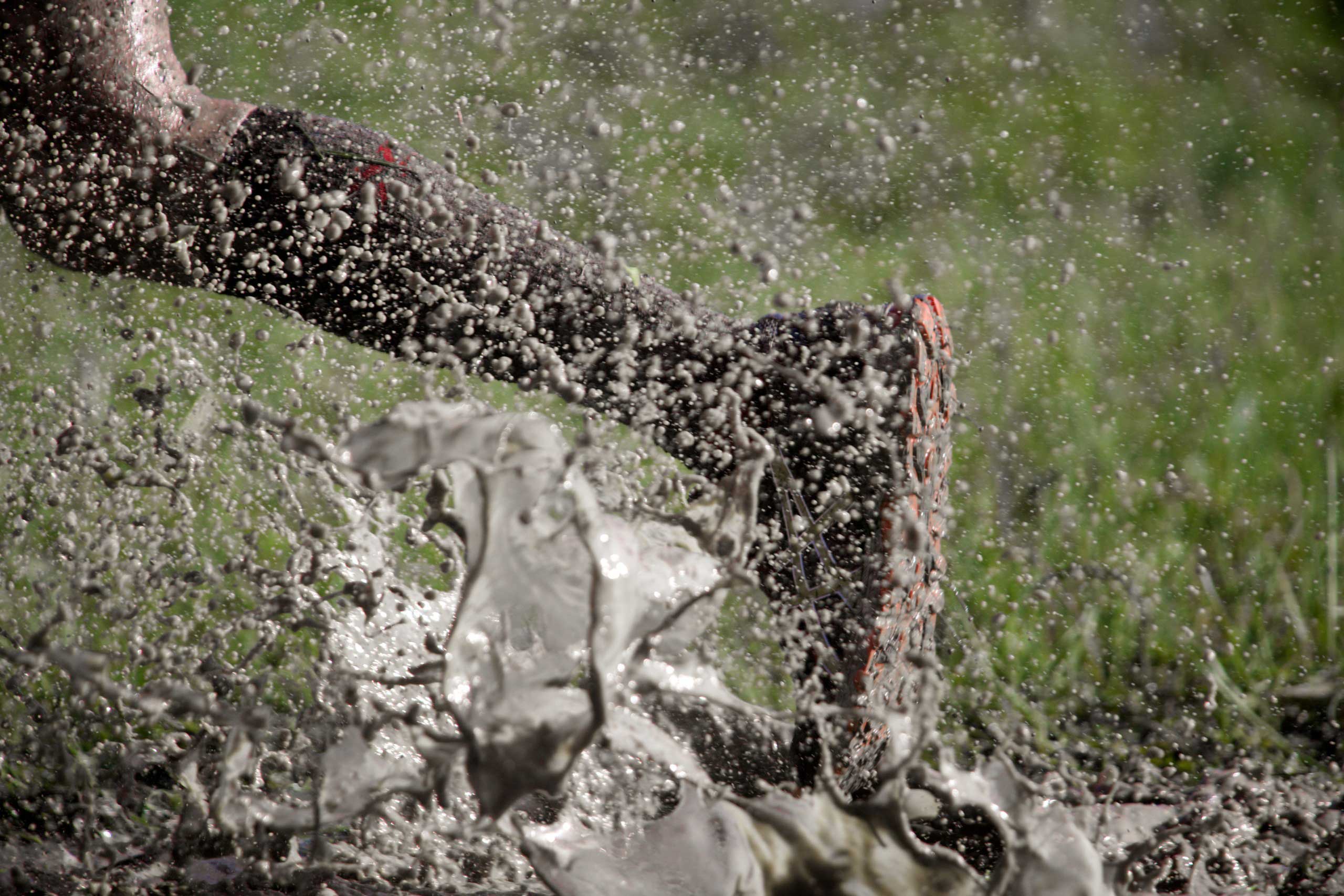
Now that you’ve taken a well-deserved break from hitting the pavement, it’s time to dive into some fun yet challenging training. You see, while regular road races are dictated by pace, x-country running is dictated by effort. Trying to maintain a given pace over mixed terrain, elevation, obstacles, and twist and turns is virtually impossible, and certainly a recipe for disaster.
Instead, we must race with a consistent effort and must also learn to train with this effort. When training, we must replicate race conditions by training on a variety of terrains and steep hills. This will break up our rhythm as this is what a well-designed cross country course will do.
While the same training principals of the weekly long run, interval sessions, tempo runs, and recovery runs apply, we must incorporate these on a mix of terrain and conditions as mentioned above. This will best prepare our bodies for the unprecedented demands of cross-country racing.
Related: What are the 8 different types of running workouts?
Hills, hills, and more hills…

Yes, we know you hate hills, however, training on the hills is essential to building x-country-specific speed and strength. Running hills will force us to run by effort – a necessary requirement when racing.
Often, cross-country courses include a mix of long and short hills, replicating these conditions beforehand will best prepare our bodies for the intense racing demands to follow.
Related: A beginners guide to fell running.
So, should I just run up hills or should I incorporate different kinds of training?
While it’s a good idea to incorporate your regular training onto the hills, including speed work and intervals will provide the biggest bang for your buck.
Below we have provided two beginner hill workouts explicitly designed for the demands of your newly found favourite training.
Before starting either workout, ensure to perform a proper running warmup. Likewise, once you’ve finished each workout remember to include a cooldown to reduce your risk of injury while kickstarting your recovery.
Hill workout 1:
- Find a hill no more than 800m in length
- Run up the hill at a sustainable yet challenging effort
- Repeat for a minimum of 6 reps and a maximum of 8
Hill workout 2:
- Find a steady hill of up to two miles
- Run a 10-15 minute tempo up the hill
- Jog down the hill to recover
- Repeat 2-3 times
Mix up the terrain
While you may now be running on the road and hills, it’s crucial to also tackle mud, grass, uneven terrain, and soft dirt to best prepare you for race day. Running on these different terrains requires additional energy compared to your regular running.
You can perform any of your regular training runs on this mix of terrains. Whether you’ve got the mindset of a warrior and wish to run your long-run on a combination of grass, mud, and challenging obstacles or instead opt for 400/800m repeats, mixing up and training on this terrain will work wonders come race day.
Running on softer ground will increase our running economy. Our knee lift is higher, our cadence is forced to increase, and our mental toughness is continuously being tested.
All of these components are essential to perform our best once it’s time to compete.
Incorporate 200m sprint intervals into your training
When utilising a cross country race strategy, getting a fast start is often one of the most determining factors when it comes to finishing position. Incorporating 200m sprint intervals on the soft ground into your training will get your body used to a fast start.
We recommend running a 200m interval followed by a steady pace for several minutes after each rep. This will teach your body to run fast on tired legs – a necessity when it comes to cross country running.
What to wear for cross country?
Now that you know how to train, it’s equally important to wear the right running gear. While all you may need is a pair of shorts, running shoes, and sports top, there is plenty of running gear explicitly designed for x-country running.
Related: Top 10 affordable fell running essentials.
What are the best cross country running shoes?
The most essential piece of kit is most certainly a proper pair of cross country running shoes or spikes. Choosing the right shoe is essential to reduce our risk of injury while subsequently increasing our performance.
As previously mentioned, there are two main types of x-country shoe, cross country running spikes and trail running shoes.
Generally, running spikes are the go-to for x-country running. These are lightweight, similar to track spikes but contain greater forefoot and rearfoot cushioning.
Here are two of our favourite cross country running spikes:
*This post contains links to Amazon and other affiliate sites. As an amazon associate, we will earn a small percentage on qualifying purchases. Find out more here.
1. Brooks Mach 18
The Brooks Mach 18 is an all-round excellent x-country shoe providing excellent cushioning and support. These spikes are also detachable and easy to clean.
Using different sized spikes on these running shoes can increase the grip for improved performance. The size spike you use is determined by how muddy the course is.
Sizes generally run lower on cross country running spikes. Therefore, we recommend going at least half-size up and up to a full-size when purchasing.
2. Saucony men’s Carrera XC3
Highly rated by many running shoe reviewers and companies, the Saucony Carrera XC3 certainly lives up to the hype.
A lightweight cross country running spike with a surprising amount of cushioning and spring in each step for the competitive runner.
With changeable spikes, you’re able to maintain and keep these clean while also being able to switch spike sizes dependant on the running course for increased grip.
As previously mentioned, sizes tend to run smaller on cross country running spikes so we recommend going a minimum of half a size up.
Alternatively, trail running shoes can also be used for cross-country running. These are useful if you’re not quite ready to invest in a pair of cross country running spikes or instead also prove useful when running on mud riddled courses.
Here are two of our favourite trail running shoes for cross country running:
1. Inov8 mudclaw 300 (men’s)
Key features:
- Unrivalled grip, even when running on the muddiest of terrains
- Increased protection from rocks and other debris
The mudclaw 300 is a great all-round trail and fell running shoe. These shoes provide outstanding grip, even when running on the slippest of surfaces.
It likely comes as no surprise, as these shoes are called the mudclaws that they provide an aggressive grip through deep mud and the toughest of terrains.
The rubber outsoles and increased grip make this shoe perfect for cross-country running. The mudclaw 300s are also great for running on ice and snow, especially in comparison to cross country running spikes.
2. Inov-8 mudclaw 300 (women’s)
Key features:
- Fantastic grip for x-country, fell, and trail running
- Increased protection from rocks and other debris
The mudclaw 300 is a fantastic all-round training shoe for fell, trail, and even x-country running. The rubber grips increase traction and help you find your footing in even the muddiest of terrains, ideal for x-country running instead of a pair of cross country running spikes.
3. Salomon speedcross 4
Key features:
- Rubber grips for increased traction
- Increased cushioning for a soft ride
Designed for conquering mountains, forest, and even the muddiest of cross-country courses, the speedcross 4 is an excellent choice for x-country running.
Created with water-resistant material and rubber grips, your feet will remain dry with little to no slipping on course.
You can also check out our full article with the nine best cross country running shoes.
How do you clean cross country running shoes?
So, you’ve raced your first cross country race and now your shoes/spikes are drowned in mud. You may be asking yourself: how exactly will these come clean?
We recommend using warm soapy water to scrub the shoes by hand. For hard to reach places you can also use an old toothbrush.
Tip: Avoid using a washing machine or dryer as these will shrink and even ruin the material of your shoe.
Alongside a pair of spikes or trail running shoes, you’ll want to grab yourself a few warm pieces of clothing. Before and after races, it’s essential to wrap up warm, increasing blood flow to our muscles and protecting us from the elements.
To begin with, we suggest investing in a pair of running gloves, leggings, and a warm jacket or zipped top.
1. Inov-8 all-terrain running gloves
Key features:
- Silicone pattern for increased grip
- Perfect for training or racing on cold wintery days
- Touchscreen friendly design
These running gloves from Inov-8 are a must-have for cross country running, if not for racing itself, definitely for warming up beforehand.
2. Adidas men’s response tights
Key features:
- Climacool technology
- Soft, stretchy fabric for a comfortable run
- Internal zipped pocket for valuables
These men’s running tights from adiddas utilise Climacool technology, keeping you dry and comfortable throughout training and/or racing. The internal zipped pocket is a great feature, allowing you to store keys, running gels, or other valuables whilst out training.
Related: 10 of the Best men’s running tights available in 2019.
3. Nike women’s victory base layer tights
Key features:
- Dri-fit technology
- Elastic waistband
- Tight & comfortable fit
If you’re after an all-round quality pair of women’s running tights, look no further than this pair from Nike. The tight and comfortable fit seal in the warmth while the dri-fit technology increases breathability and decreases your risk of overheating.
4. Inov-8 softshell men’s thermal running jacket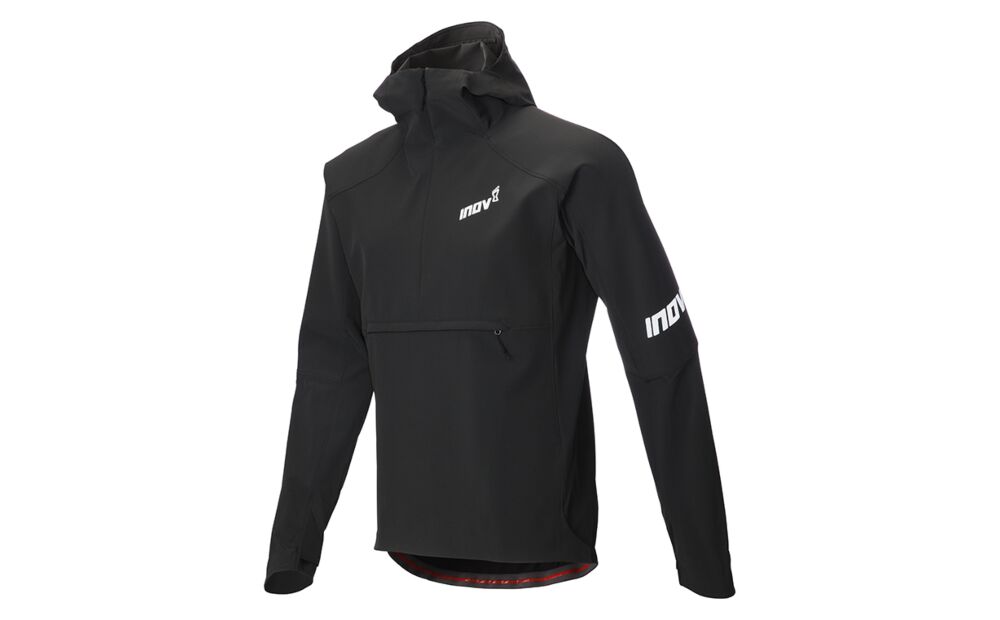
Key features:
- Zoned wind and weather protection
- Large map sized pocket for running gels, keys, and other valuables
- Adjustable shaped hood
The Inov-8 softshell men’s thermal running jacket is a great piece of kit to warm up before and after your race. Utilsiing three-layer weather and wind protection, you’ll remain dry and comfortable whether it’s blowing a gale, snowing, or you’re out racing in the coldest winter to date.
5. Inov-8 softshell women’s thermal running jacket
Key features:
- Adjustable strong shaped hood
- Three-layer water and wind protection
- Large sized pocket for a map, running gels, keys, or other valuables
The women’s Inov-8 softshell thermal running jacket is ideal for both training and racing. The strong adjustable hood will protect you from the coldest elements, whether rain, snow, or wind you’re guaranteed comfort. Regardless of if you train, race, or warmup in this jacket you’re in for a treat.
Do you need a strategy come race day?
Developing and practising a race strategy before the big day is a great way to increase confidence, maximise on your strengths, and acknowledge your weaknesses.
While your strategy doesn’t need to be super in-depth, it is a good idea to have a plan of action.
Here’s a general race day strategy to follow:
- Start off fast to prevent being stuck behind other runners in the initial bends
- Don’t look at your running watch and instead run by effort
- Focus on picking off one runner at a time, almost like checkpoints
- Remember: what happens at the start does not determine the finish
- Most importantly, have fun!
The bottom line
Cross country running can be super fun and a great refreshment from your regular road, trail, or track running.
Before beginning, we recommend taking a few weeks break to physically and mentally prepare yourself for the demands of training and racing in the months to follow.
Before starting, it’s crucial to invest in a proper pair of cross country running shoes. We suggest investing in a pair of either running spikes or trail running shoes, these will serve you well for both training and racing.
A proper pair of shoes will reduce your risk of injury while also increasing performance.
On a final note, remember to wrap up warm and pay extra attention to your body during the intense training of the winter months.
Related: How to get better at cross country running.
Cross country running FAQ:
How far do you run in cross country?
This depends on your age group, the event and the course. However, generally, x-country events start around the 3km distance for younger athletes and work up to as high as 12km for adults.
When is the cross country season?
The cross country season usually runs from early October up until February and in some cases early March, giving you plenty of opportunities to sink your spikes into a few racecourses!
Should I wear spikes or studs for cross country running?
This depends on both the weather and the condition of the course come race day. Spikes are generally a good option for the majority of courses, however, if the course includes pavement or tarmac you may wish to choose a different pair of running shoes which includes studs such as the mudclaw's.

Matthew is a lifelong runner, chief tester of all products, the founder of Running101, and freelance content writer for active brands. When he’s not writing, he enjoys lifting weights, cycling in the Lake District, and watching fast cars drive in circles on a Sunday. He also has a BA in sport, exercise and physical activity from the University of Durham.

